Guest Blog Post: Sit Still and Listen!
Share
Guest blog post by Vicky Robinson, Children's Occupational Therapist
How many times have we said this to our kids?! Did you know that children NEED to move their bodies in order to stay focused and learn? And this goes for all children actually, whether they’re 2 or 12…movement is so important at all ages. As an adult, have you ever had to sit through a lecture or a long film, and find yourself swinging or tapping your foot, chewing your pen, biting your lip, fiddling with your hair, shifting position in your chair every few minutes or doodling on some paper? Even as adults, we find it so difficult to sit still and concentrate, so you can imagine what it must be like for our little ones with all their bundles of energy!
As a children’s Occupational Therapist, I have worked with children of all ages and abilities for many years and this is still the biggest ‘light bulb’ moment for parents, when they realise that it’s ok to let their child move. Actually, it’s better than ok, it’s perfect! I spend lots of time chatting with parents about different positions for play and how to incorporate movement in to every play opportunity throughout their day.
When children are fidgeting and finding it difficult to sit still, they are unconsciously trying to activate a clever little nerve in their inner ear, which helps them to stay alert and focused. The only way to activate this nerve so that it can do its job, is… to move! As we know, attention spans in young children are quite short, so the best way to keep them focused is to allow them lots of movement.
When my daughter came along I began to experience first-hand, her need for movement during play and learning opportunities. So, every day we try our best to get as much movement in to our play, and we experiment with our bodies in lots of different positions to keep us focused (I say ‘we’… 6am daily wake up calls, definitely means that I need as much help as I can get to stay focused too!).
Working at a table and chair for activities at home can be lovely, but here are some of my favourite alternative positions for play:
- Lying on our tummy

- Lying on our back

- On all fours (crawl position)

- High kneeling

- Half kneeling

- Standing up

Of course, it’s absolutely fine for children to spend time playing at a table too! But I like to think about how I can change the activity to get a much movement in as possible. Here’s some ideas for you to try!
- Shape and colour matching – place objects of different colours/shapes at one end of the room in a basket, and a piece of card with the colour/shape drawn on, at the other end. Have your child collect the objects and match it to the correct card. But here’s the fun part – can they get across the room crawling like a bear, hopping like a rabbit or jumping like a frog?
- Learning to draw shapes – tape the shape out on the floor and have them walk, jump, hop and crawl around the shapes. You could make it really exciting by using trays with different sensory materials in to make your shape, and have them walk barefoot around it. Can they guess the shape?
- Puzzle scavenger hunt – hide pieces of a puzzle around the room. Find them and match them up to complete the puzzle!
- Jump & Tap – stick some colour/shape/letter/number/word cards on the wall, but make sure they’re too high for them to reach when standing! Call out one at a time and have them jump to tap the correct card.
I recently started Play For Today to capture and share all of our play ideas at home. Come and join me over at Instagram @play_4_today or Facebook for lots more play ideas, tips and resources for fine and gross motor, mark making and early handwriting activities!
Thank you so much Vicky for taking the time to write such a great blog post for playHOORAY!
If you fancy having a go at writing a play related blog post please express your interest to playhooray.uk@gmail.com

